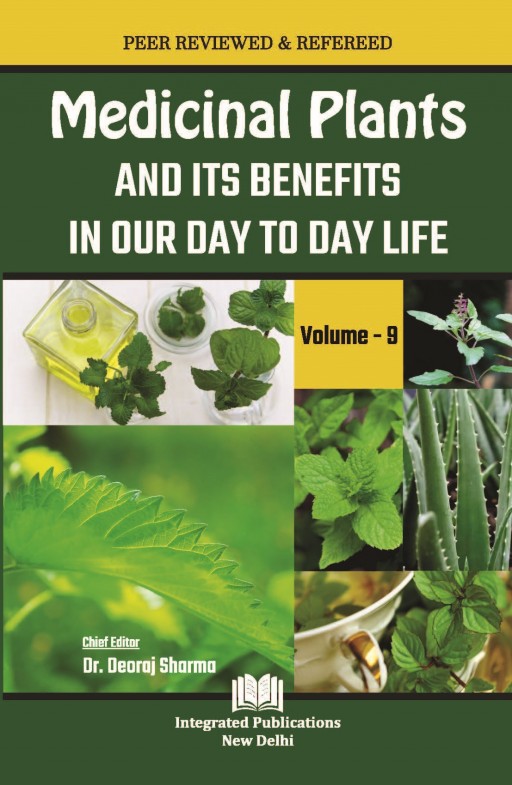Medicinal Values of Rose Plant


The rose is known as the "King of Flowers" and a symbol of love. It is a woody perennial plant in the Rosaceae family, belonging to the genus Rosa. For its beauty and fragrance, species, cultivars, and hybrids are frequently produced. Roses are most commonly grown as ornamental plants in gardens and homes for their blossoms. It is commonly used as an ornamental in family and public gardens because of its sweet smell and beauty. Few people are aware that it can be utilized as a medical herb in addition to being ornamental. A rose plant's petals, stems, leaves, and roots contain a variety of secondary metabolites as well as vitamins and minerals. Antibacterial and antifungal activity has also been observed in extracts from several sections of the rose plant. The plant's parts, particularly the petals, have significant antioxidant properties that aid in the treatment of a variety of illnesses. They've also been employed in commercial fragrances, the flower business, and herbal and folk medicine. The majority of rose species are native to Asia, with a few exceptions in Europe, North America, and North Western Africa. Various important elements and medicinal benefits of different portions of the rose plant have been highlighted in this chapter.